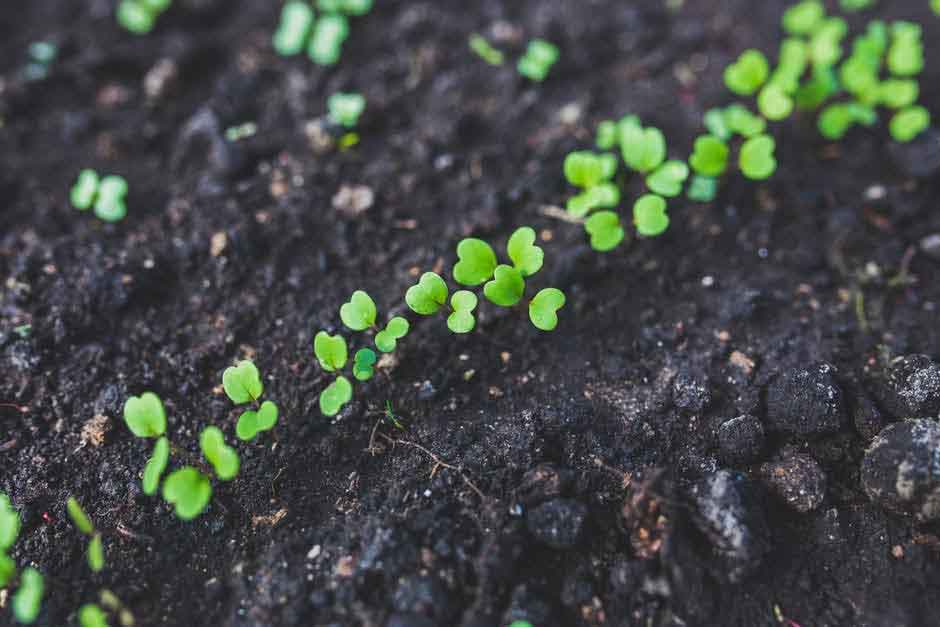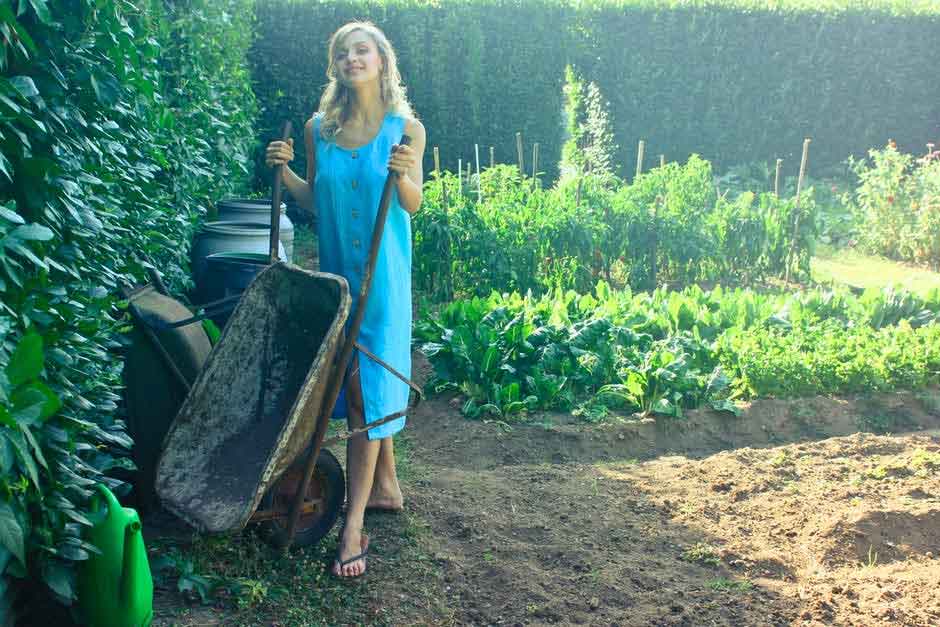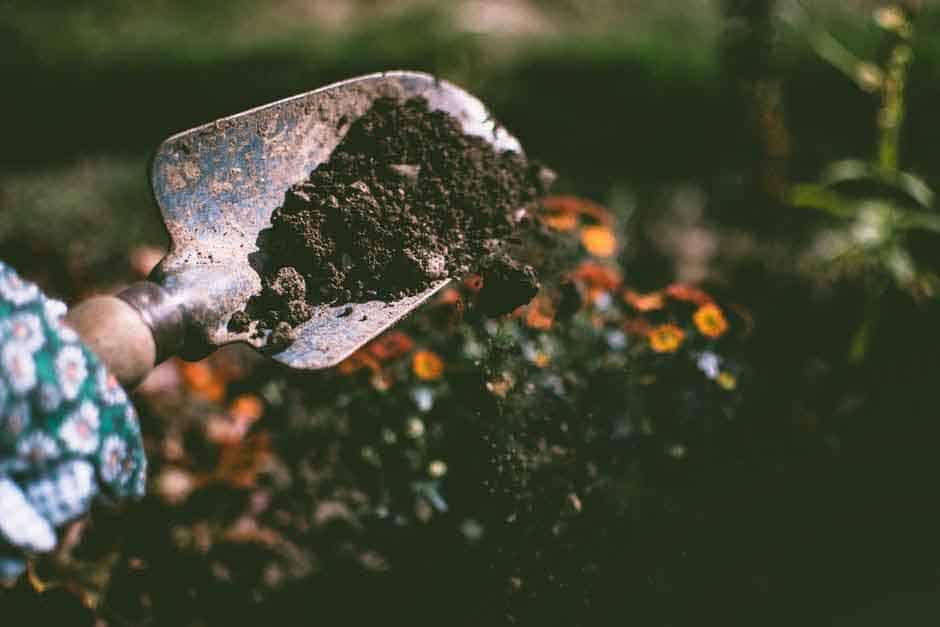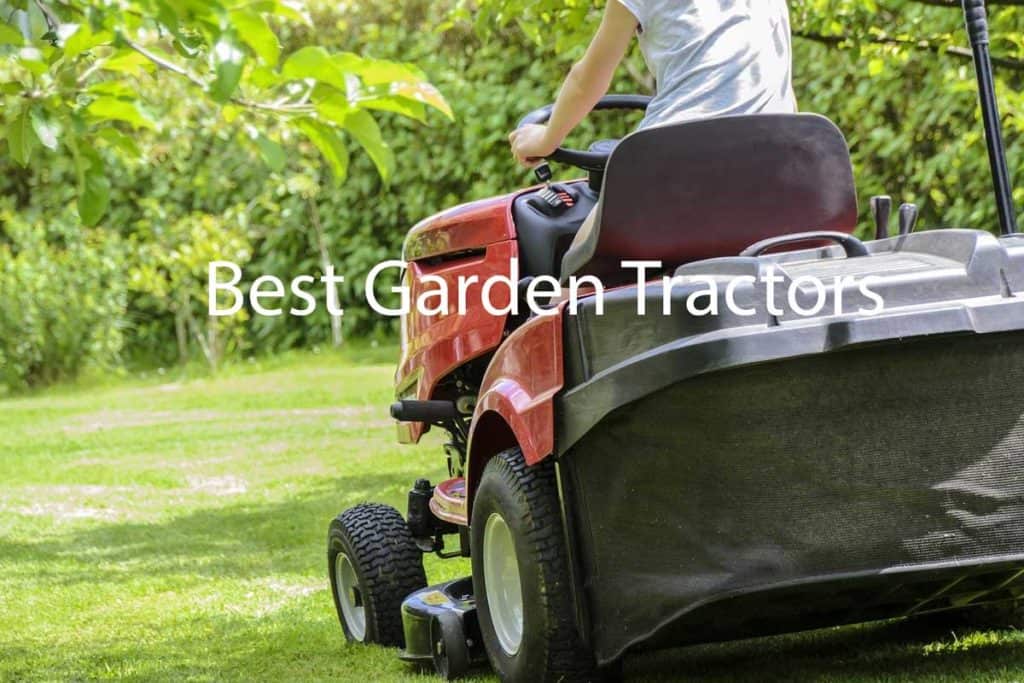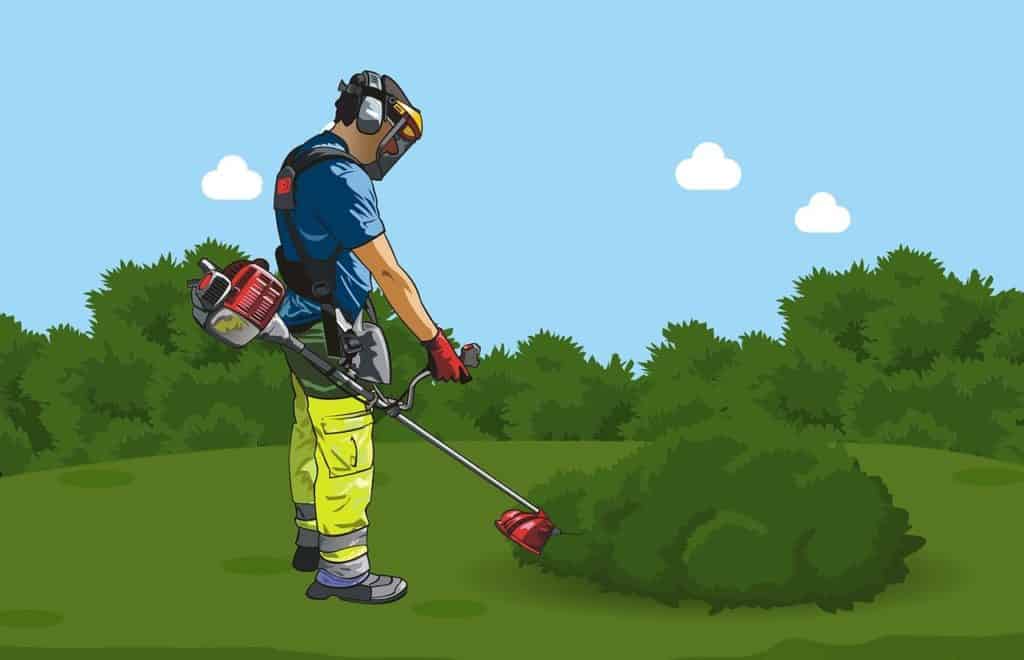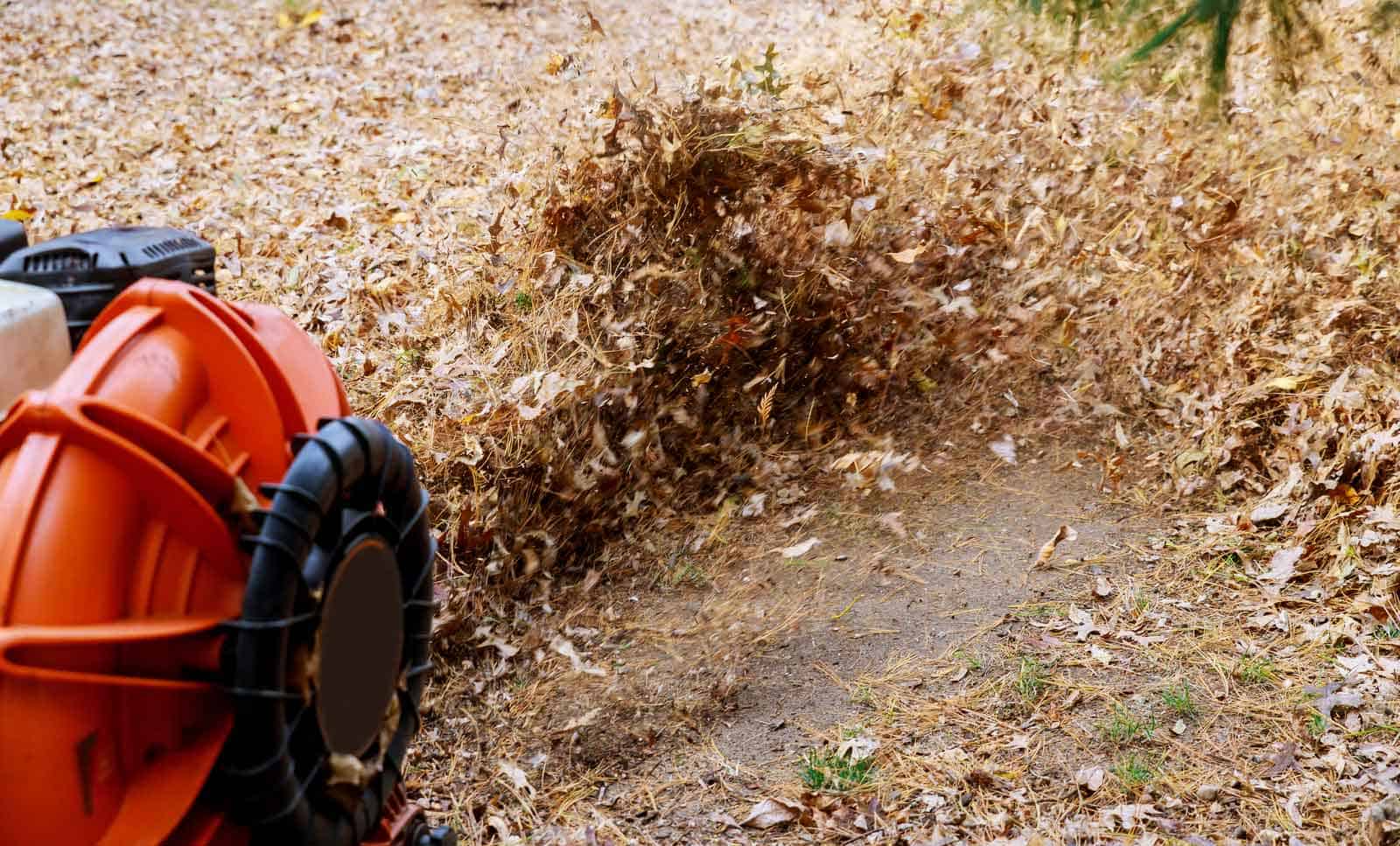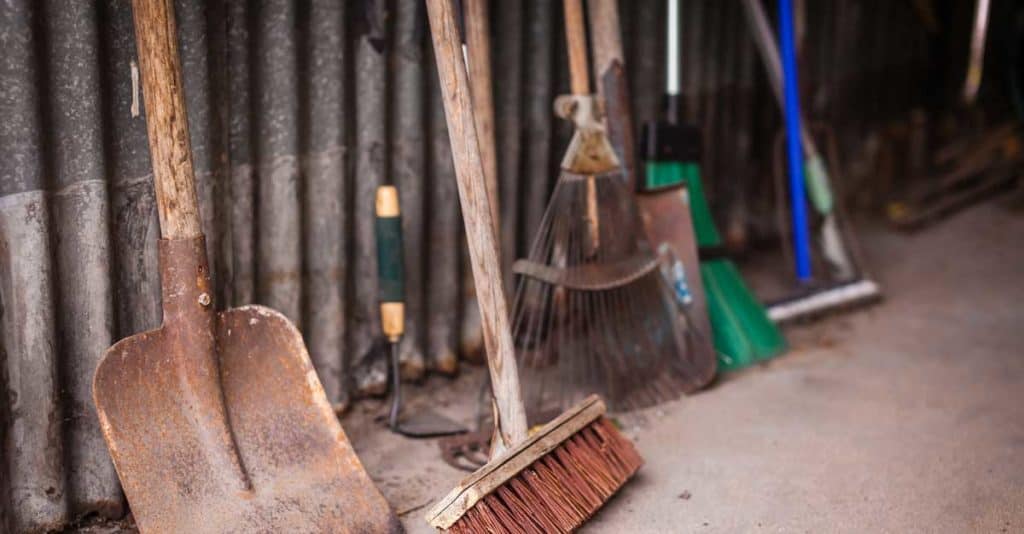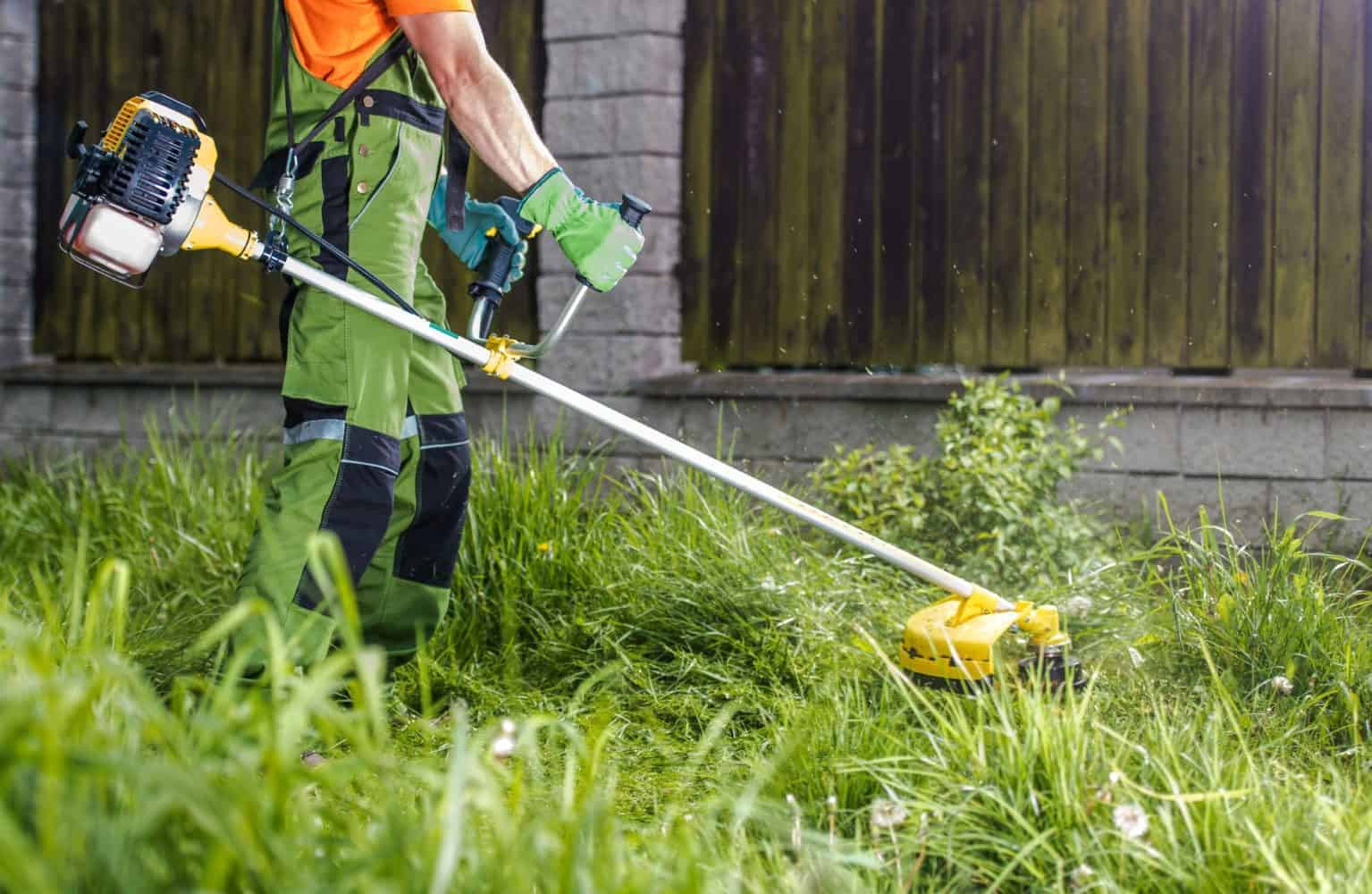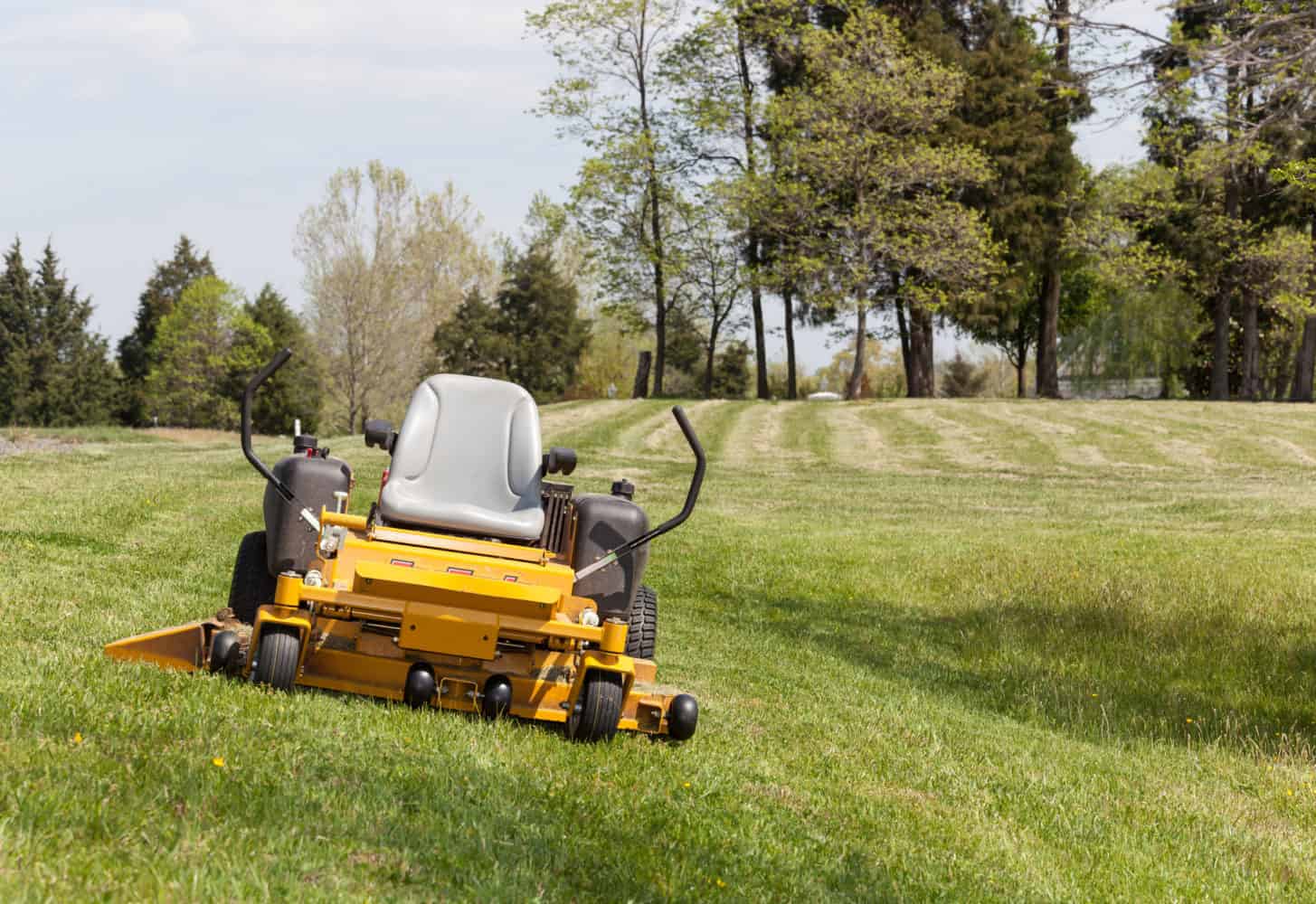As the seasons change and flowers start to bloom, it’s time to set up your garden. This time of year is ideal for establishing your sustainable garden. The best way to get started is to invest in some high-quality tools.
While you could easily find cheap plastic tools, they’ll likely break and become waste. This is counter-intuitive to your eco-friendly mission. Instead, find sustainable tools. Once you shell out the cash for your initial set-up, you won’t have to worry about replacing these products in the future.
Contents
Seeds and Potting Methods
You don’t need to purchase plastic seed trays to get your garden started. Launch your sustainable practice on the right foot and use these eco-friendly seed starter ideas and consider an aero garden as a way to grow your plants before the season starts.
Egg Carton Seed Starters
All you need to get your seeds sprouting is an old cardboard egg carton, and of course, some seeds. You take the old carton and cut it in half so that you can make use of both sides. You add some soil to each egg-compartment and then plant the seeds.
Care for your seeds accordingly, and allow them to grow. Once the seedlings are ready to be moved to a larger container, wet the egg carton. Then, tear and cut off each cup and plant the seedling in the cardboard right into the soil. Don’t worry; it’ll biodegrade.
Citrus Rind Seed Starters
You can also use leftover citrus peels for a seed starter. To get started, take fruit and cut off a small section of the outer edge of the rind. You want to create a flat surface for it to stand up.
Use a spoon to carve out the inside until you reach the rind. Fill it up with a potting mix, and plant your seeds accordingly. Once it’s ready to be transferred, you can plant it in a pot or straight into the ground, rind and all.
Paper Rolls
You can even reuse your rolls from toilet paper and paper towels for your seed starters. Cut the rolls in half, and fold twice to create a box shape with four corners. Then, cut slits down the sides of the four corners to create four flaps.
Fold-down flaps, overlapping as you go. Fold the flap under like you would with a box to hold it together. There’ll be a small hole at the bottom of the container for drainage.
Fill the box with potting mix and plant seeds accordingly. Then, once the seedlings are big enough to plant them, you can place the whole cardboard container in the soil. It’ll eventually biodegrade.
Essential Eco-friendly Tools
Many tools are non-negotiable when it comes to gardening. While you can try to do as much as possible with your bare hands, it’s not the only way to be eco-friendly.
Bamboo Stakes and Natural Twine
Your seeds are just sprouting from the ground at the start of the season, but eventually, they’ll want to climb. Whether they’re peas, beans, or tomatoes, you’ll need to find stakes. Bamboo is a sturdy material that can help support your crop through the season.
You can use natural twine to tie plants to the bamboo. If you’re lucky and have a greenhouse, you can also use twine to secure plants to the ceiling.
A Push Reel Mower
Push reel mowers are about as old-school and as eco-friendly as you can get. While you’ll certainly get a workout with this tool, there’ll be zero carbon footprint. As long as you keep the blades sharpened, this will also be a great way to keep your lawn tidy.
A Wheelbarrow
There’s no reason to break your back carrying your garden tools and sacks of earth back and forth. A wheelbarrow is a life-saver in this sense.
Rake
Every gardener knows that raking is essential. Especially during the fall, there are plenty of leaves and debris that end up on the ground. You need to clear these to ensure that the grass is healthy. Rakes will also ensure that diseases and pests don’t lurk and potentially harm your crop. If you want to keep your garden tidy in winter as well, it’s also a good idea to get a snow rake.
Hoe
Breaking up the soil with a hoe is one of the best ways to get in touch with the earth. Using a hoe is one of the first chores of the season. Later, you’ll notice that the edges in your garden are more defined as the plants start to grow.
Garden Spade
A sharp, rust-free spade is your right-hand man in the garden. From digging holes to digging stubborn rocks, a good space serves many purposes. When investing in a shovel, you want to find one that’s well-designed and strong.
Your spade must be high-quality. It should be able to slice through sod and hard soil all day, effortlessly. A shovel with a fiberglass handle is a good option since you won’t have to worry about wood rot.
While we’ve used the two names interchangeably, it’s important to note that there’s a difference between a spade and a shovel. In general, people use the two terms interchangeably. A shovel is a tool for scooping loose material, while a spade digs down in firm soil and breaks it free.
Gloves
While you may think that any pair of gloves will do, it’s essential to invest in protecting your hands. If you spend a lot of time in gardens, you want a pair that will last a while. Many gloves are high-quality and reinforced in leather. If you’re vegan, there are options for you as well.
It’s a good idea to buy a pair that are tough when handling thornier plants and mature trees. Many quality gloves can also be repaired and fixed, which is a great way to prevent unnecessary waste.
Weeder and Cultivator
You can use a weeder and cultivator to create rows for planting seeds, dig out weeds, divide, and transplant plants. Like with the rest of your tools, you want to make sure that your weeder and cultivator has an eco-friendly and sturdy handle.
Garden Seeder
If you have a large garden, you may want to invest in a garden seeder. Instead of crawling on your hands and knees, measuring meticulously, use the convenient tool. This versatile and straightforward seeder from Easy Digging makes it easier to open soil, space, and plant seeds.
You can find a garden seeder on Easy Digging’s website or at a hardware store. With an eco-friendly garden seeder, you simply walk behind the device and let it do all of the hard work. It functions well with both small and large seeds. While we are on the topic of walk-behind tools, check out my reviews of the best walk behind leaf blowers as well.
Watering Can
Water is life. If you don’t water your garden regularly and properly, plants won’t last for a long time. All plants need a standard dose of H20, even hardy succulents. While you likely have a garden hose as well, watering plants by hand offers you more control over how much you’re giving. You can also use your can to collect rainwater, which can help to reduce water waste.
There are many eco-friendly watering cans and heads available. Most are made from recycled plastic or heavy metals. These products are durable and come with a smaller carbon footprint than many other products on the market.
Eco-friendly Tool Maintenance
Taking care of your tools is essential for ensuring their longevity. Using the right maintenance products is central to being eco-friendly.
Organic Camellia Oil
Make sure that you clean and care for your shovels, spades, hoes, and weeders, to prevent rust and dulling. Organic Camellia Oil is a great eco-friendly product that you can apply to clean and dry tools.
Compost
While it’s not the most glamorous or obvious gardening tool, compost is essential. Compost is the food for your plants. Just as you want to put healthy nutrients into your own body, you should do the same with your garden.
Yes, compost is essential, but it’s also not simple to perfect. It’s easy to make mistakes with a compost bin. With the right tools and a bit of research, your plants will be happier than ever. Not only is a healthy compost good for your garden, but it’s also an environmentally-friendly way of disposing of garbage.
Finding the Right Composter
To start, you want to find the right bin. A good composter makes it easier to produce rich rot. There are many different types to choose from, and you can find one to fit your lifestyle.
You want to find one with a tight lid, which will minimize odor and keep flies and other insects at bay. You should also decide whether or not you’re going to keep your compost inside or outside.
There’s a surprising amount of options available, whether you have a tiny indoor space or vast acreage to work with. If you want to start small, you can buy perfectly compact compost bins.
Vermicomposting
Worms are the most natural gardening tools. These humble workers will have your garden flourishing in no-time. Worms break down organic materials and return nutrients to the soil. By bringing worms into your compost, you stimulate their natural role.
Setting up your worm compost bin is simple. All you need to get together is a box, humid newspaper stips, and the worms. Your container should be dark, moist, and contain the right vermi-species.
The best worms for composting are redworms or red wigglers. It’s best not to go looking for them in your backyard. You can order Eisenia foetida and Lumbricus rubellus from a worm farm.
Composting Tips
To help you with your new composting journey, we’ve put together a few tips. As long as you remember some essential methods and tips, your compost will be a rich and perfect food for your garden.
Location
The best site for your compost heap or bin is a level, well-drained spot. This will ensure that any excess water drains away quickly. It also helps worms get into the scraps easily and go on with the job of breaking down the contents.
The Good Stuff
It’s essential to put the right food scraps into your compost. The good things to add include vegetable peelings, fruit scraps, used tea bags, crushed eggshells, prunings, and grass cuttings. These elements break down easily; they help provide necessary moisture and nitrogen levels.
You can include things like cardboard, egg boxes, paper, and fallen leaves. While these compost scraps are slower to rot, they can add vital fiber and carbon. These elements will also allow for essential air pockets.
Avoid the Wrong Stuff
While a lot of your food waste can be transformed into essential compost, you can’t throw everything in there. Meat and dairy products should never be placed in the compost. Dog and cat poop also is not suitable for compost.
By placing these waste elements to your compost, it will become vulnerable to unwanted pests and smells. Anything that contains plastic, glass, or metal will also be damaging and should be recycled separately.
Repair Don’t Replace
Tools break; it’s a reality. No matter how well you maintain your shovels, hoes, rakes, and spades, nothing lasts forever.
Instead of replacing your tools every time that something snaps, it’s best to repair them. This is fundamentally important for gardens who want to be ecological and economical.
The most common break is the handle. If that’s the case, you just have to remove the old one and slip on a new one. Don’t just tape it back together, or it may cause injury in the future.
Rusty blades are another problem that you may run into. When tools are put away for a few months, they’ll inevitably develop a little rust. However, this doesn’t mean the device is ruined.
You can secure the rusted blades vertically. Rub the blades down in some white vinegar or oil to loosen up the rust. You can use some steel wool or a wire brush to push off the rust.
Finally, you can wipe the tool down with warm water and baking soda. Doing this will neutralize the vinegar.
The Verdict
Thankfully, more and more individuals are becoming more environmentally aware. Many gardeners are taking steps to reduce their carbon footprint. One essential way to become more eco-friendly is to utilize sustainable tools.
Instead of using smelly, noisy, and non-eco friendly power-tools, use traditional and sustainable alternatives. As your garden flourishes, everything will feel more green, knowing that your cleaner efforts have paid off.

